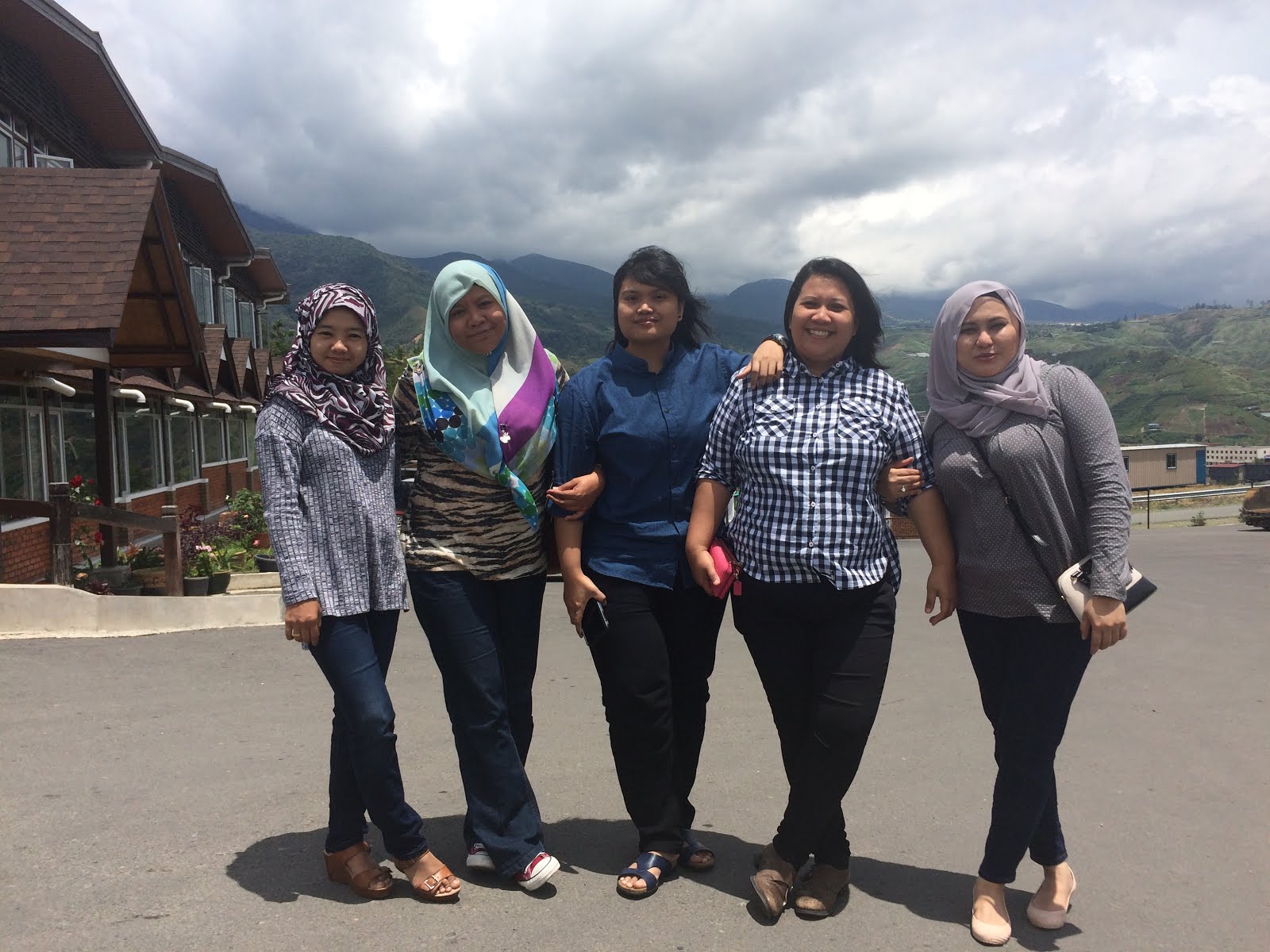wooopsss!!! planning a holiday?!! auww... its holiday! i lioke.. heheheh.. ntah bila ntah yang ada masanya.. well, they talk about KOREA, south korea its seems.. ehhehe.. so, just wanna share a bit info regarding Korea's four season.. time to visit KOREAku friends!!
Seasons:
Up until very recently whenever you asked a Korean to name a distinctive characteristic of their country, one of the answers would invariably be that Korea has four distinct seasons. Not very significant if you come from the northern parts of North America, but significant if you look at the weather in other Asian countries.
Korea’s four seasons have been truly distinctive, in that they each last about three months – a pattern that has been changing somewhat over the past decade or so.
Winter (~December to ~end February*) is generally cold and dry, very dry. Although there used to be a lot of snow, that’s not the case these days. When it does snow, the white blanket melts either right away or in a few days. One must watch for ice patches however. The temperature can dip lower than 19°C but fortunately cold weather lasts for only about three days and is followed by four days of warmer weather. This cycle is the norm in winter and it, along with sunshiny days and bright blue skies makes the Korean winter more tolerable. The distinctive Korean ondol heating system is another winter plus. A series of pipes lie beneath the floor and hot water (in older homes, hot air) runs through the pipes making the floor pleasantly warm. Homes, however, are very dry and you will need humidifiers over the winter. Mandarin oranges from Jeju Island are available in winter.
Spring (~March thru May*) usually announces its arrival with bright yellow forsythia flowers (kanari) along streets and highways. The season often starts out cool and maybe wet, but gradually the weather warms up and other spring flowers begin making their appearance, including magnolia and cherry blossoms. The various species of trees sprout leaves of various shades of green and reds. We also know that spring is here when we see the new crop of strawberries, while the appearance of Korea’s small yellow melons tells us summer is on the way. The one drawback to spring in Korea is a gift from China and Mongolia, yellow dust. The winds carry sand from the Gobi desert over industrial zones and urban areas, picking up pollutants along the way and delivering them as far away as the west coast of the U.S. Korea is on the route.
Summer (June thru August*) is one of the proofs that Korea is a land of extremes in that it is as hot and humid and the Korean winter is cold and dry. Summer is relatively hot and humid with monsoon rains beginning near the end of June and lasting until mid to late July. Occasionally, between the announcement of the beginning and the end of monsoon season, there is no rain. And then the rains come. Typhoons around Japan can also bring heavy to Korea in August. Summer temperatures can go over 38°C with an average of 20°C between June and September. Cold watermelon, sweet juicy peaches and cold noodles offer some consolation to the muggy weather, which generally ends by September, when the evenings turn refreshingly cool.
Autumn (September to November*) is probably the best time of year in Korea. The weather is cooler and dryer, but still pleasantly warm and sunny. As the season progresses, the leaves change colors and harvesting begins. Fall is the time of Chuseok, Korean Thanksgiving. At this time of year, you’ll find crisp, sweet apples in the market along with the unique Korean pear (known in North America as the Asian pear), huge purple grapes and the fragrance of roasting chestnuts and gingko nuts on the streets. One of the most important autumn events is Kimjang – the time for making kimchi. Families get together still to prepare this unique fermented dish according to their traditional family recipes. Fall kimchi is considered by many Koreans to be the best kimchi of the year. Fall is also a wonderful to go out of Seoul and explore Korea. The weather is great and the countryside is beautiful.
*There is so set date for the beginning and end of any season - and weather, in Korea as elsewhere in the world, has not been adhering to expected patterns of late. That said, Korea has 4 season, more or less divided into about 3 months each.
















Post a Comment